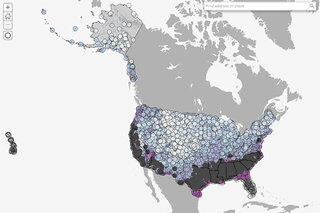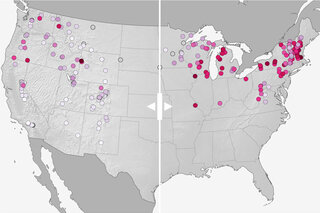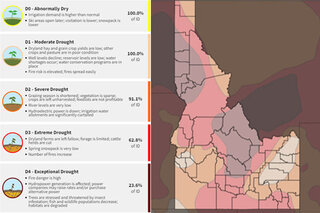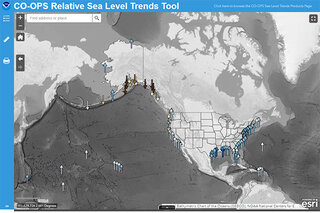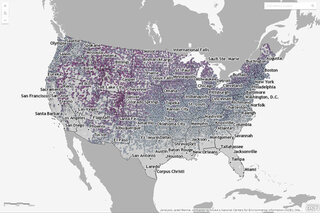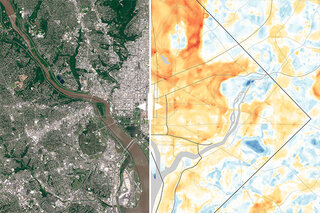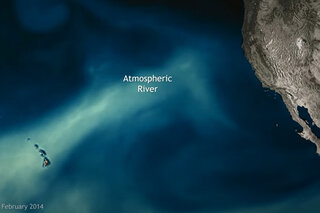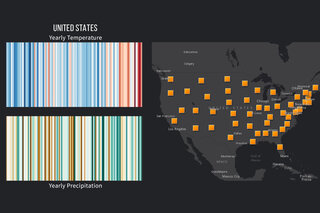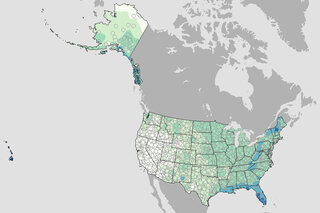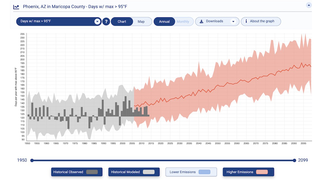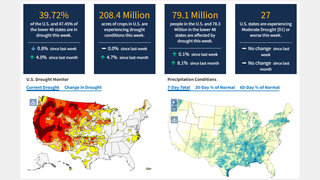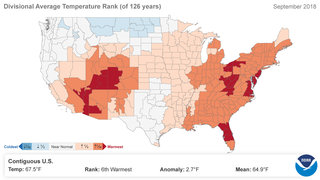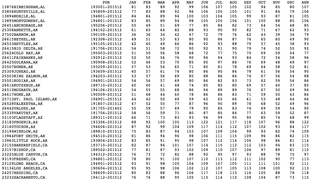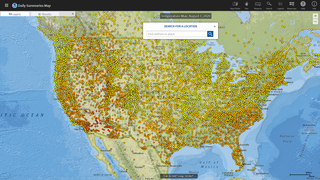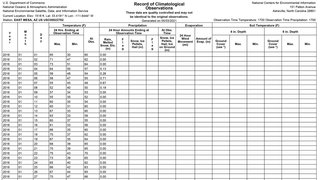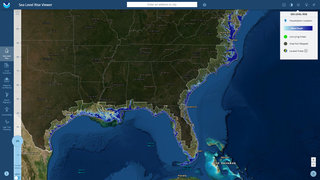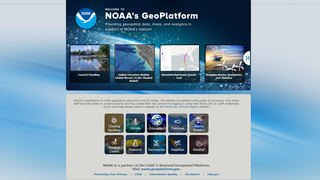Maps & Data
Data Snapshots (Images)
Browse a range of easy-to-understand climate maps in a single interface.
Climate Data Mapper (Interactive)
Visualize climate data via an interactive web map.
Climate Data Primer
Find out about measuring, modeling, and predicting climate and ways to find and use climate data.
Learn moreDataset Gallery
& Advanced Tools
Global Climate Dashboard
Tracking climate change and natural variability over time
The heating influence of all human-produced greenhouse gases was 49 percent higher in 2022 than it was in 1990.
Since 1979, the extent of ice covering the Arctic Ocean at the end of summer has shrunk by more than 40 percent.
Atmospheric carbon dioxide has risen more than 50 percent since people began burning fossil fuels for energy.
The glaciers in a key reference network lost an average thickness of 94 feet between 1970 and 2023 (preliminary data).
The ocean is storing 91% of the excess heat from global warming, causing sea level rise, ice shelf retreat, and stress on marine life.
Sea level has risen 8-9 inches since 1880, and the rate of increase has accelerated over the satellite era.
Since the start of satellite observations in 1967, June snow cover has shrunk by 12.9 percent per decade.
The sun’s brightness does vary over time, but no changes have occurred that are big enough to cause observed global warming.
Earth's temperature has risen 0.14 degrees F per decade since 1880. The rate of warming has more than doubled since 1981.

